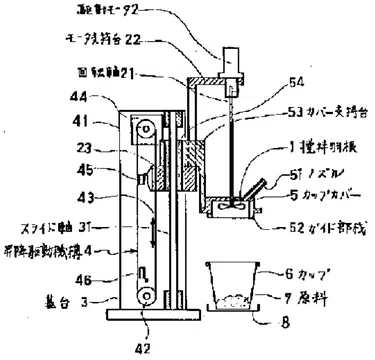
I don't know if everyone does this, but I keep PDF copies of the Federal Rules of Civil Procedure and Federal Rules of Evidence synced to my laptop, phone, and tablet (I also sleep with a paper copy under my pillow, obviously, like every good federal court litigator).
If, like me, you have been eagerly awaiting the official updated rule PDFs with the 2024 rule amendments, you are in luck. They came out today at the usual places:
Enjoy. Don't forget to rename the PDF files to something you can actually find, like "FRE 2024.pdf" and "FRCP 2024.pdf."



